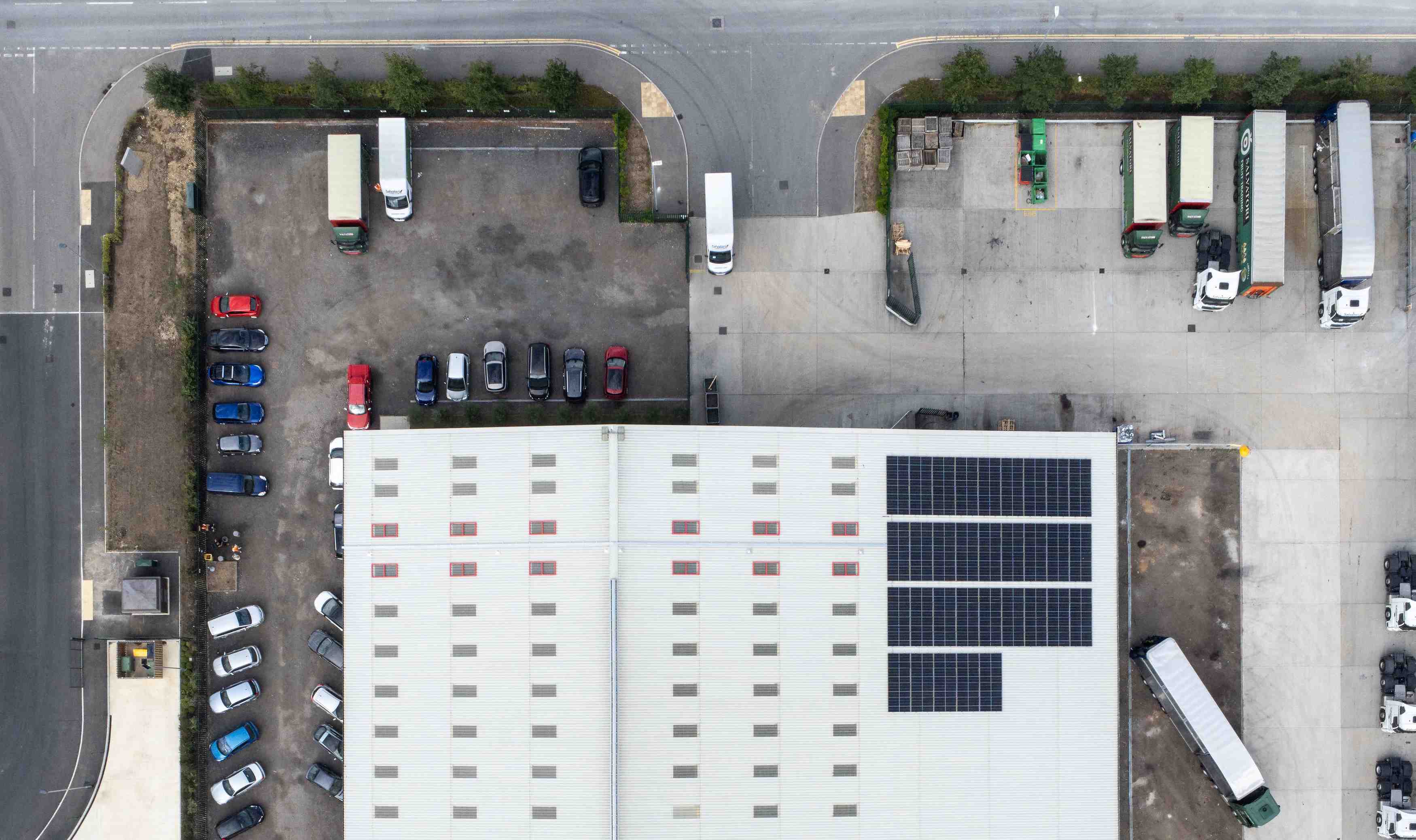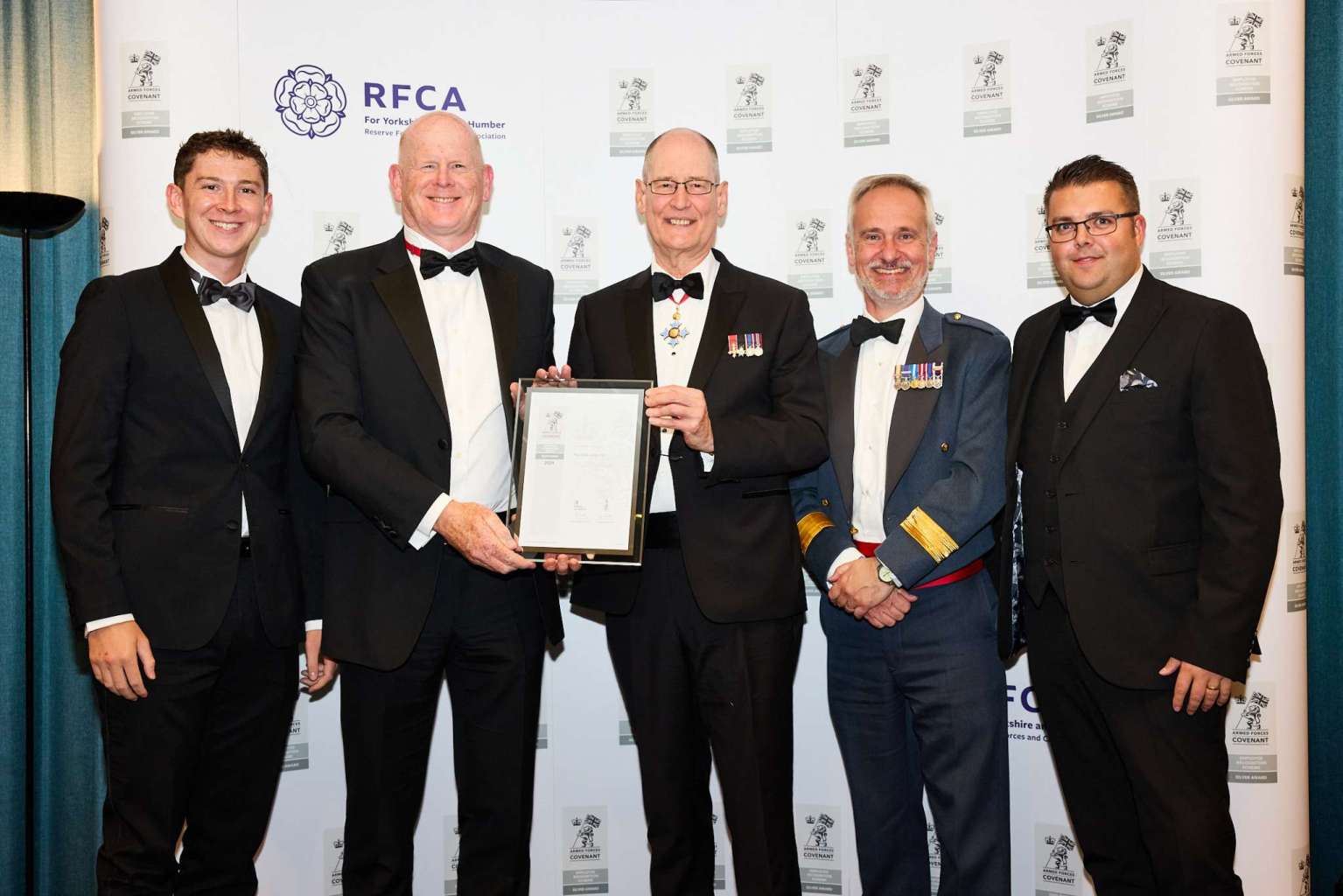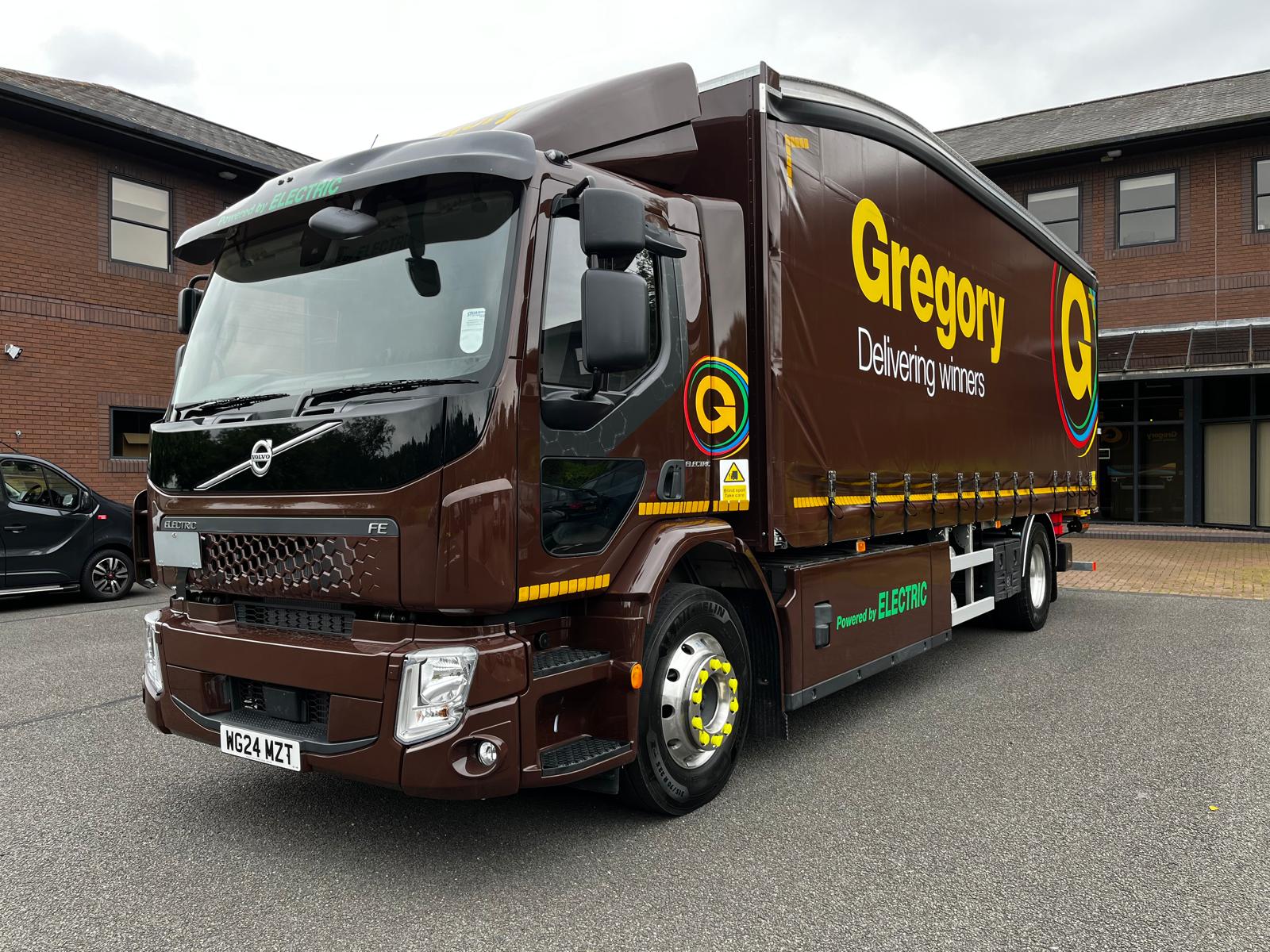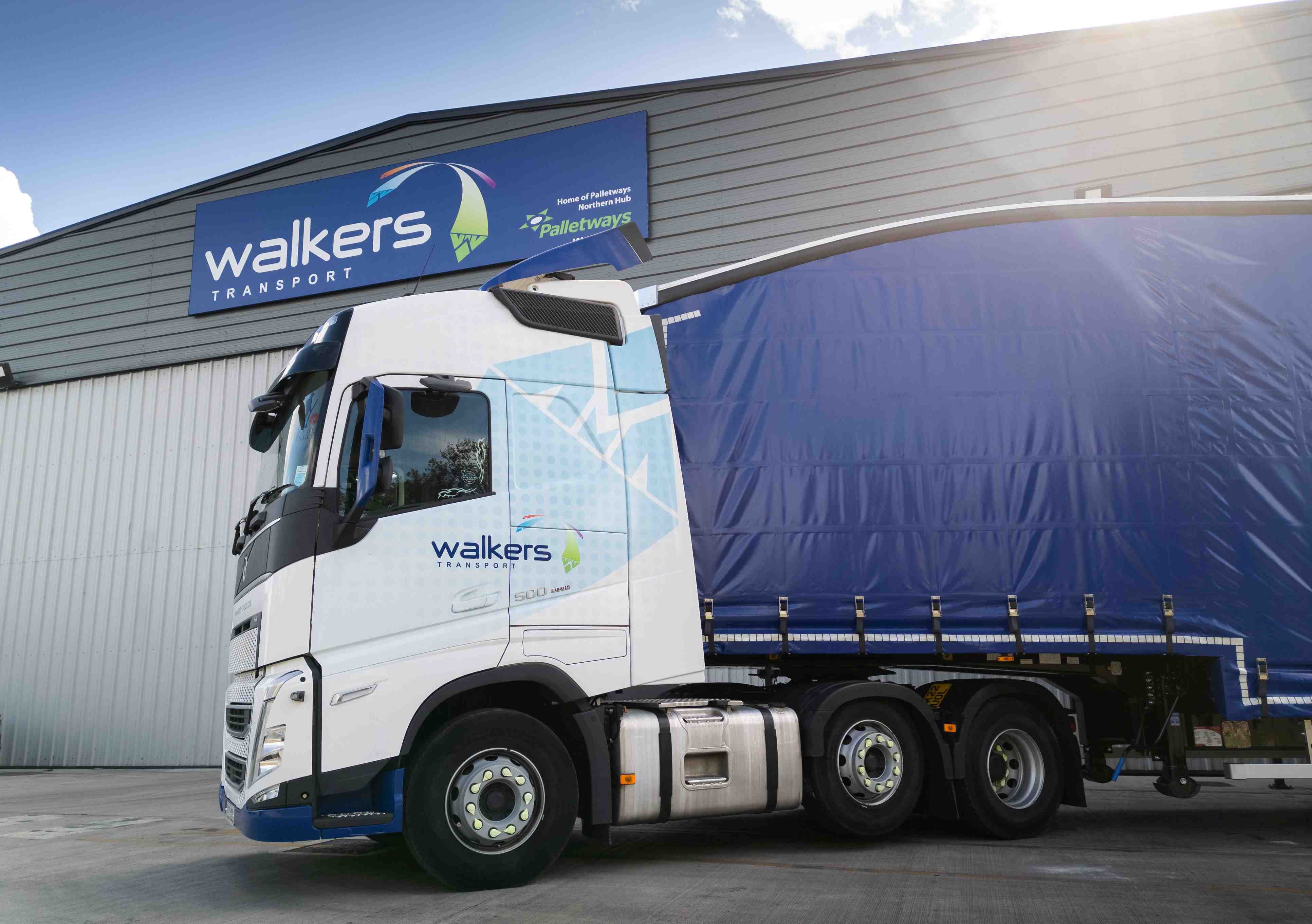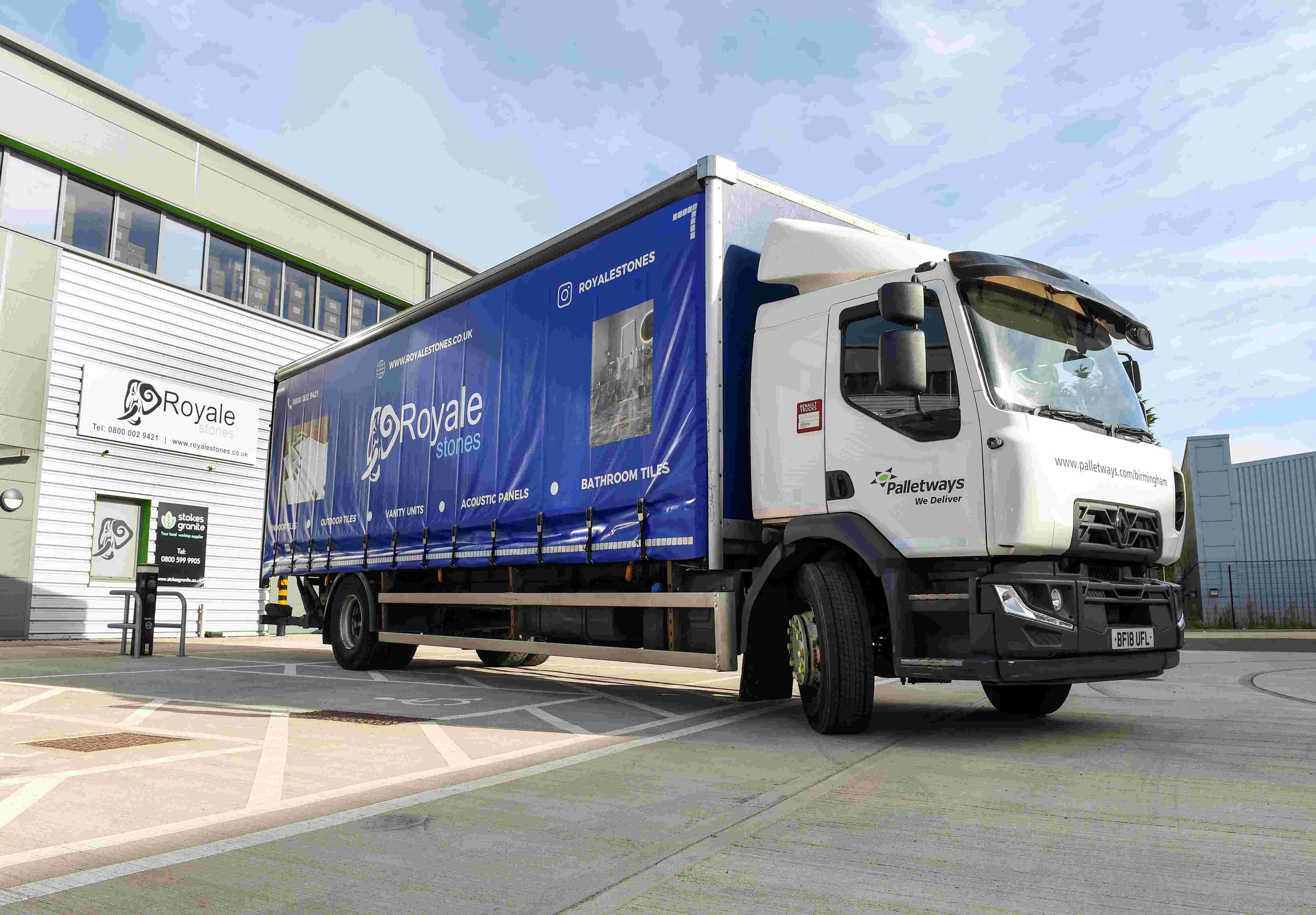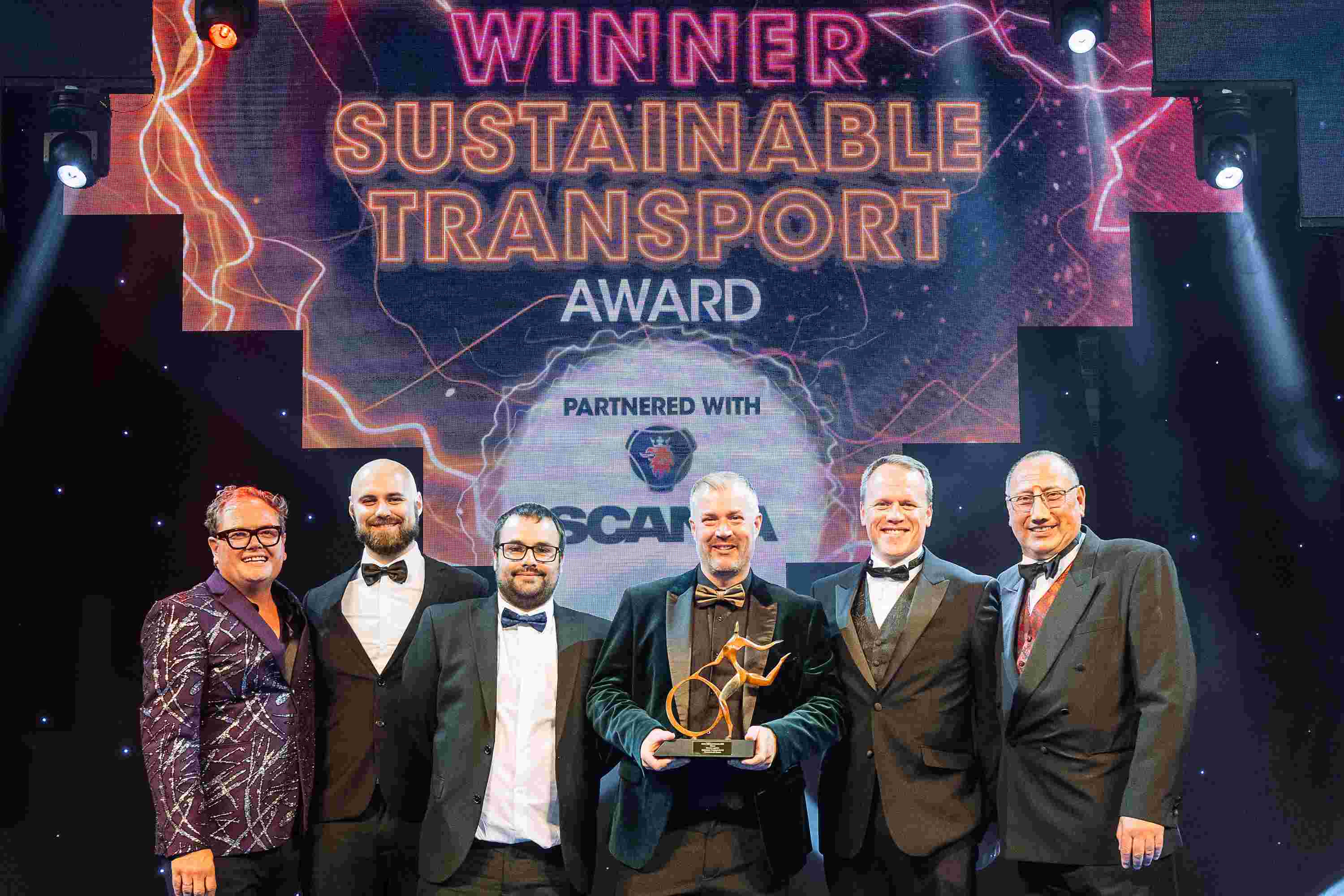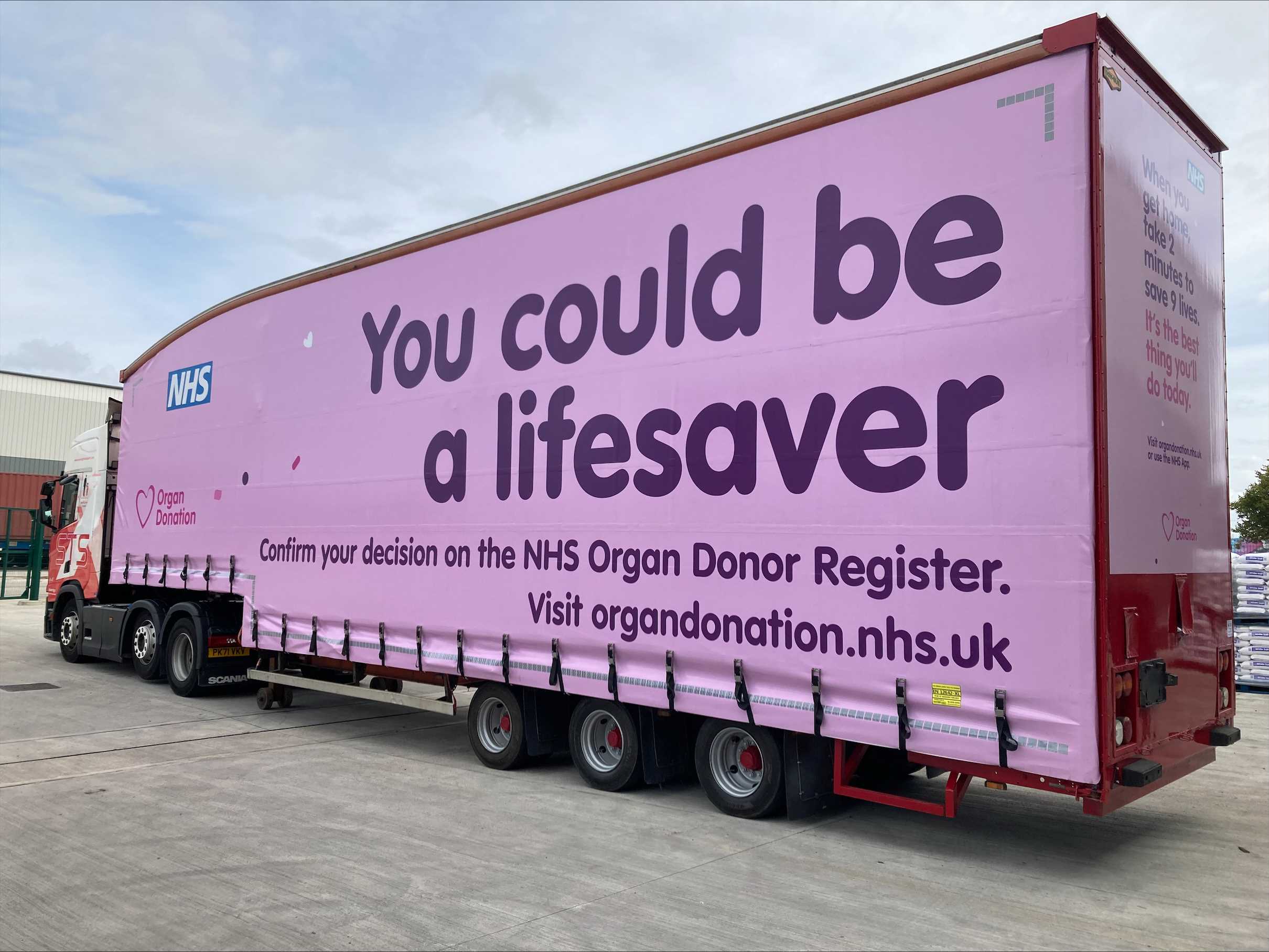Palletways UK member The Salvatori Group has invested a six-figure sum in solar panels at two of its depots in Kent, the first in Sittingbourne, which is a bespoke mini hub dedicated to Palletways customers, and the second in Aylesham site which recently expanded its Palletways operations.
Salvatori talks to Palletways about its experiences of installing solar, as other Palletways partners consider installing solar panels too.
Q: Why did Salvatori decide to install solar panels?
A: Our CEO Daniel Salvatori was the driving force behind the Salvatori solar panel installation project at our Aylesham and Sittingbourne depots. This was driven by cost saving and the foresight for the coming energy cost crisis after Covid. Daniel also has a keen interest in leading the sustainability agenda within the logistics industry in Kent. The £600,000 project was funded by borrowed funds via Percy Finance.
Q: What challenges did you meet along the way, in terms of financing the project, choosing the installers, connecting the sites to the grid, planning etc, and how were these challenges resolved?
A: Salvatori used a specialist installer, Nick Arnold from Energy Saving Specialist. About connecting the sites to the grid, Nick says: “On behalf of Salvatori we applied to UK Power Networks (our local DNO) for permission to connect both systems to the local network. Permission took a long time to come back mostly due to the huge volume of new connections the DNO is currently receiving, but also because there are constraints at the Aylesham site due to the ageing local network infrastructure. We reduced the export of the system to comply with the DNO requirements in the end. This limits the exported power so the site itself can still benefit from the full solar output.
“We liaise directly with UK Power Networks for all grid connections and only install systems that can be restricted in the event of the DNO requiring, it as part of our turn-key service.
“Most sites now fall within the scope of Permitted Development so full planning isn’t usually required and wasn’t a challenge in this case.”
David Tobin, managing director of Salvatori Logistics adds, “Grants are a very important consideration for businesses undertaking sustainability projects. Salvatori was awarded a grant of £10,000 for this project. However, HMRC imposed a 25% tax rate on this, meaning we were effectively awarded only £7,500. We’d urge government to consider revisiting the taxation applied to these grants, to maximise the investment and improve future returns in renewable energy for business across the UK.”
Q: How has the company benefitted from the installation of the panels in terms of monetary and emission savings?
A: Power from the panels is used before power from the local grid so every kWh of solar used saves a kWh of imported power. The system is designed to displace as much imported power as possible within the constraints of the available roofs to maximise the savings. Exported power can be sold via a PPA once the export metering is in place. This additional income can vary from year to year so isn’t generally relied upon when assessing the viability of the project but is a bonus income stream once set up.
Our predictions show that 22% of the Aylesham sites' annual power can be supplied by solar PV and the estimated cost of this over 25 years is 6.5p/kWh. CO2 savings are 65.21 tonnes annually.
This doesn’t rise with inflation so provides some cost certainty for us. Once the capital cost of the project is recouped, the site effectively receives 22% of its power for free minus any ongoing cleaning or maintenance costs required.
Our systems provided by Energy Saving Specialist are fitted with detailed monitoring which logs historical data over the lifetime of the project. This allows us to see cumulative savings and also identify if there are times where plant usage could be prioritised to make better use of the solar power.
Battery storage technology is becoming increasingly cost competitive so any future battery installation can be accurately modelled based on the logged data to increase the savings and the percentage of solar power used onsite.
As more electric vehicles, forklifts and other plant comes online the ability to use the currently exported power increases which improves the ROI and investment case for these projects.
Q: What advice would you give to others considering installing solar panels on their warehouse roofs?
A: The suitability of the roof is key as a lot of older roofs are asbestos and are difficult to work on. If there are new roofs available then it makes the installation much more straightforward. An initial feasibility study based on analysis of the half hourly data will show what the expected savings could be and an early application to the local DNO to establish suitability of the local grid is advisable.
Once a desktop study has been done using satellite imagery or architectural plans, a detailed system can be designed quite quickly. Solar can also be mounted on the ground, on flat roofs and above car parks if there are no suitable roofs onsite.
It’s important to consult a specialist. Nick Arnold from Energy Saving Specialist was a pivotal partner in our solar project.
Q: Is there anything you’d do differently with hindsight?
A: No, it all went very smoothly as we worked in partnership with Nick.
More News


